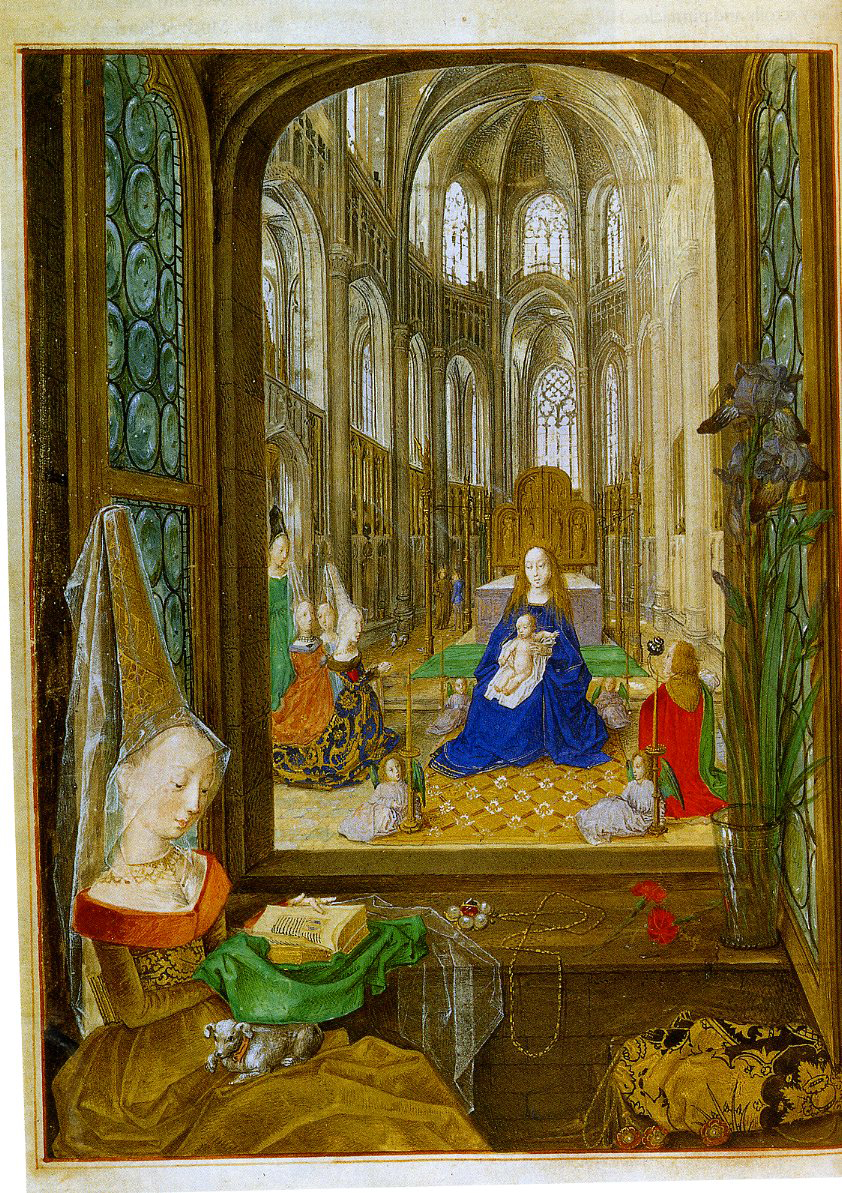
The Great Depression is a very solemn time to think about. But I love finding the different images from those days. Seeing the raw emotion and feeling what they are feeling even though it was so long ago is a very moving experience. You walk away feeling like you just went through all that they did, and that you should just give all your money to the people you see living on the street.
I find this image kind of ironic because of the fact that there is a billboard for the comfortable seats in the train, while these two men are walking with their luggage on a seemingly abandoned road. They are dressed in the clothes that they have left, and I would assume that they are dressed for possibly a job, just in case they were able to find a job anywhere. Everyone is left with whatever they can carry from one place to another, because every one lost money.

This is another image that shows how desperate everyone is. This is most likely a place where the men find a job. I doubt it's some place to get food, because it is only men that are lining up. It's cold and rainy outside, everyone has their long coats and hats on, ready for an interview, hoping that someone will pick them. I can't tell if it is all white men, or if there are black men in the mix, but I do know that the Depression did affect everyone, no matter who they were or what their status was in life. The rich became mediocre, the poor became desperate, and everyone resorted to do whatever they could to survive.

I know we talked about this one in class, but I wanted to speak more on this one. I feel as though I personally relate to this woman, or the children. I grew up with just my mom and my older sister. I didn't realize this at the time, but when I was little, my mom had nothing. She had to work a full time job, raise me and my sister, and she was also trying to get a degree at the same time. She was a recovering alcoholic, living at the bottom, and yet, she kept me and my sister happy. There were days when she would just cry for the whole day, because she did not know where money would come from to feed us or keep a roof over our heads. I know that we didn't have it as bad as this woman, but we still felt the pain of not having it as good as everyone else.







